Understand what causes Societies to be different
DIFFERENT SOCIETIES
Societies are probably the most distinctive human creation. They can manifest all that is positive and destructive about human behaviour. They can be vehicles for collaboration on a vast scale, bringing great wellbeing to their members. On the other hand, they can be tyrannical, concentrating power and wealth in the hands of a powerful few. Some societies have come to be dominated by powerful elites, bringing wealth and power to a few - and disadvantaging the majority.
All societies of any scale will contain a diversity of interests. This creates the risk of violent conflict, as is currently the case in many parts of the world. Some societies have evolved means of enabling conflicts to be resolved through collaboration involving governments and key stakeholders. In others dissent is suppressed by authoritarian governments.
Then again, others, based on democratic principles, but have allowed powerful elites to dominate the democratic processes. This trend seems to be leading to inequality, economic and social schisms and increasingly conflictual politics.
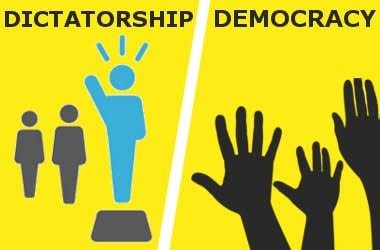
The Three Conditions of Societies
These are Statism, Collaboration and Individualism.
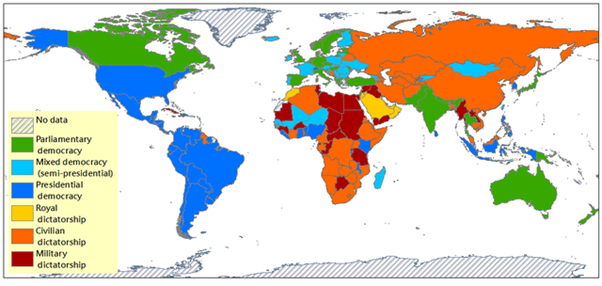

Some societies are federations, like the European Union
Statism is a condition where the Government (state) dominates…
The British “Model”: The state dominates in post war reconstruction

1945–51 Britain Post World War Two
The Labour Party comes to power with a programme for nationalising the essential sectors of the economy, some of which had been weakened during wartime: finance, heavy industry and natural resources, along with communication and transportation infrastructure. A most crucial initiative was to set up the National Health Service which provided full health cover to all free at the point of delivery. This has lasted to the current day.
Welfare
The government set about implementing William Beveridge's plans for the creation of a 'cradle to grave' welfare state, and set in place an entirely new system of social security. Among the most important pieces of legislation was the National Insurance Act 1946, in which people in work paid a flat rate of national insurance. In return, they (and the wives of male contributors) were eligible for flat-rate pensions, sickness benefit, unemployment benefit, and funeral benefit. Various other pieces of legislation provided for child benefit and support for people with no other source of income. In 1949, unemployment, sickness and maternity benefits were exempted from taxation.
The Attlee government also nationalised about 20% of the economy, including coal, railways, road transport, the Bank of England, civil aviation, electricity and gas, and steel.
A large house-building programme was carried out with the intention of providing millions of people with high-quality homes. A housing bill passed in 1946 increased Treasury subsidies for the construction of local authority housing in England and Wales. Four out of five houses constructed under Labour were council properties built to more generous specifications than before the Second World War, and subsidies kept down council rents. Altogether, these policies provided public-sector housing with its biggest ever boost up until that point, while low-wage earners particularly benefited from these developments.
Was this Justified?
Britain was crippled by the effects of the Second World War, and if the state had not acted to underpin the recovery, the plight of the nation would have been dire. Also social initiatives such as the National health Service, housing stock and the system of Social Security benefited the poorer sections of society which had suffered terrible deprivation before the war.
The UK Post-War consensus
This model states that from 1945 until the arrival of Margaret Thatcher in 1979, there was a broad multi-partisan national consensus on social and economic policy, especially regarding the welfare state, nationalised health services, educational reform, a mixed economy, government regulation, Keynesian macroeconomic policies, and full employment. Apart from the question of nationalisation of some industries, these policies were broadly accepted by the three major parties, as well as by industry, the financial community and the labour movement. Until the 1980s, historians generally agreed on the existence and importance of the consensus.
The Swerve to Individualism
By the 1980’s the Cold War with the Soviet Union dominated the international scene and some of the post war restoration had been very beneficial, but excessive state control of the economic system and banking were beginning to suffocate enterprise
Free Markets Dogma
A classical example of promotion of free markets is the American Institute for Economic Research
“If ordinary people today in places such as North America and western Europe generally realized that their daily access to goods and services make them not just a bit richer, but about 3,000 percent richer, than was nearly every human being who lived prior to the year 1800, ordinary people today would not take their immense prosperity for granted. They would take notice of it and marvel at it.”
Neoliberalism is a policy model that encompasses both politics and economics. It favours private enterprise and seeks to transfer the control of economic factors from the government to the private sector. Scholars tended to associate it with the theories of Mont Pelerin Society, economists Friedrich Hayek, Milton Friedman, Ludwig von Mises and James M. Buchanan, along with politicians and policy-makers such as Margaret Thatcher, Ronald Reagan and Alan Greenspan.
Many neoliberal policies concern the efficient functioning of free market capitalism and focus on limiting government spending, government regulation, and public ownership.
Neoliberalism is often associated with the leadership of Margaret Thatcher, the prime minister of the U.K. from 1979 to 1990 (and leader of the Conservative Party from 1975 to 1990) and Ronald Reagan, the 40th president of the U.S. from 1981 to 1989.
More recently, neoliberalism has been associated with policies of austerity and attempts to cut government spending on social programs.
Effects of neo-liberal Free Market economics
Globally, the rolling out of neoliberal policies has led to a plethora of harmful socioeconomic consequences, including increased poverty, unemployment, and deterioration of income distribution (Rotarou and Sakellariou 2017; Collins et al. 2015).
Neo-Liberalism in Africa
What are the implications of neoliberalism?
- Globally, the rolling out of neoliberal policies has led to a additional of harmful socioeconomic consequences, including increased poverty, unemployment, unproductive labour force, and deterioration of income distribution (Rotarou and Sakellariou 2017; Collins et al. 2015)
- These policies, first introduced to African states through Structural Adjustment Programmes (SAPs) during 70's deepened negative impacts and these are still being felt today.
- Neoliberal policies detrimental because their "one-size-fits-all" approach doesn't account for specific needs in different LDC's.
- Neoliberalism believes that people are best serviced by markets freedom, and little intervention by the state.
- Subsidies to most essential elements of social services such as health, education are cut off
Still, neoliberals are not wrong when they argue that our most cherished ideals are more likely to be attained when our economy is vibrant, strong and growing. Where they are wrong is in believing that there is a unique and universal recipe for improving economic performance, to which they have access. The fatal flaw of neoliberalism is that it does not even get the economics right. It must be rejected on its own terms for the simple reason that it is bad economics.
Thatcherism
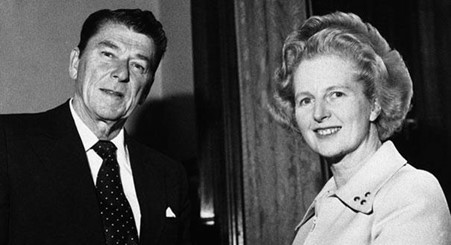
Margaret Thatcher and Ronald Reagan. Two peas in a pod!
Thatcherism represents a systematic, decisive rejection and reversal of the post-war consensus inside Great Britain in terms of governance, whereby the major political parties largely agreed on the central themes of Keynesianism, the welfare state, nationalised industry, and close regulation of the British economy before Thatcher's rise to prominence. Under her administration, there was one major exception to Thatcherite changes: the National Health Service (NHS), which was widely popular with the British public. In 1982, Thatcher promised that the NHS was "safe in our hands".
The exact terms of what makes up Thatcherism and its specific legacy in British history over the past decades are controversial. Ideologically, Thatcherism has been described by Nigel Lawson, Thatcher's Chancellor of the Exchequer from 1983 to 1989, as a political platform emphasising free markets with restrained government spending and tax cuts
On the occasion of the 25th anniversary of Thatcher's 1979 election victory, the BBC surveyed opinions which opened with the following comments:
To her supporters, she was a revolutionary figure who transformed Britain's stagnant economy, tamed the unions and re-established the country as a world power. Together with US presidents Reagan and Bush, she helped bring about the end of the Cold War. But her 11-year premiership was also marked by social unrest, growing inequality, industrial strife and high unemployment. Her critics claim British society is still feeling the effect of her divisive economic policies and the culture of greed and selfishness they allegedly promoted.
“I think we have gone through a period when too many children and people have been given to understand ‘I have a problem, it is the Government’s job to cope with it!’ or ‘I have a problem, I will go and get a grant to cope with it!’ ‘I am homeless, the Government must house me!’ and so they are casting their problems on society and who is society? There is no such thing! There are individual men and women and there are families and no government can do anything except through people and people look to themselves first”. M. Thatcher
2. “Mixed” Political and Economic Systems; Featuring Collaboration between the various Players in Society.
“Players” will include, National Government (The State), Local government, Business, ranging from international companies, through smaller local enterprises, to individuals and special purpose voluntary groups.
Scandinavian philosophy broadly follows Keynesian principles:
Keynes and the Role of Government in the economy
Development of The General Theory
At the time that Keynes wrote the General Theory, it had been a tenet of mainstream economic thought that the economy would automatically revert to a state of general equilibrium: it had been assumed that, because the needs of consumers are always greater than the capacity of the producers to satisfy those needs, everything that is produced would eventually be consumed once the appropriate price was found for it. This perception is reflected in Say's law and in the writing of David Ricardo, which states that individuals produce so that they can either consume what they have manufactured or sell their output so that they can buy someone else's output. This argument rests upon the assumption that if a surplus of goods or services exists, they would naturally drop in price to the point where they would be consumed.
Given the backdrop of high and persistent unemployment during the Great Depression, Keynes argued that there was no guarantee that the goods that individuals produce would be met with adequate effective demand, and periods of high unemployment could be expected, especially when the economy was contracting in size. He saw the economy as unable to maintain itself at full employment automatically, and believed that it was necessary for the government to step in and put purchasing power into the hands of the working population through government spending. Thus, according to Keynesian theory, some individually rational microeconomic-level actions such as not investing savings in the goods and services produced by the economy, if taken collectively by a large proportion of individuals and firms, can lead to outcomes wherein the economy operates below its potential output and growth rate.
The Scandinavian countries are a good example:
Eindhorn and Logue* characterise the so-called 'Nordic' model as that in which:
- An active and interventionist state,
- Provides universal transfer payments to support the elderly, disabled, unemployed and families with numerous children and low market incomes,
- Provides universal social services for health, education, childcare, services for the elderly and the like,
- Uses national policy to achieve high rates of labour force participation and high employment on the national level, via both macro-economic and sectoral policies,
- Integrates major interest groups in making and implementing national policies (rather than the capture of the state structure by a single group of interests, or state capture of the interests’ organisations),
- Possesses a strong civil society with encompassing and democratic organisation of interests, but particularly the strong organisation of those otherwise weakest in capitalist society - family farmers and urban workers,
- Is underpinned by a set of values around empiricism and social trust; in particular solidarity and reciprocal responsibility are crucial concepts in the development of public policy
* Economic and social security in Scandinavia. Einhorn and Logue, University of Massachusetts. March 2006.
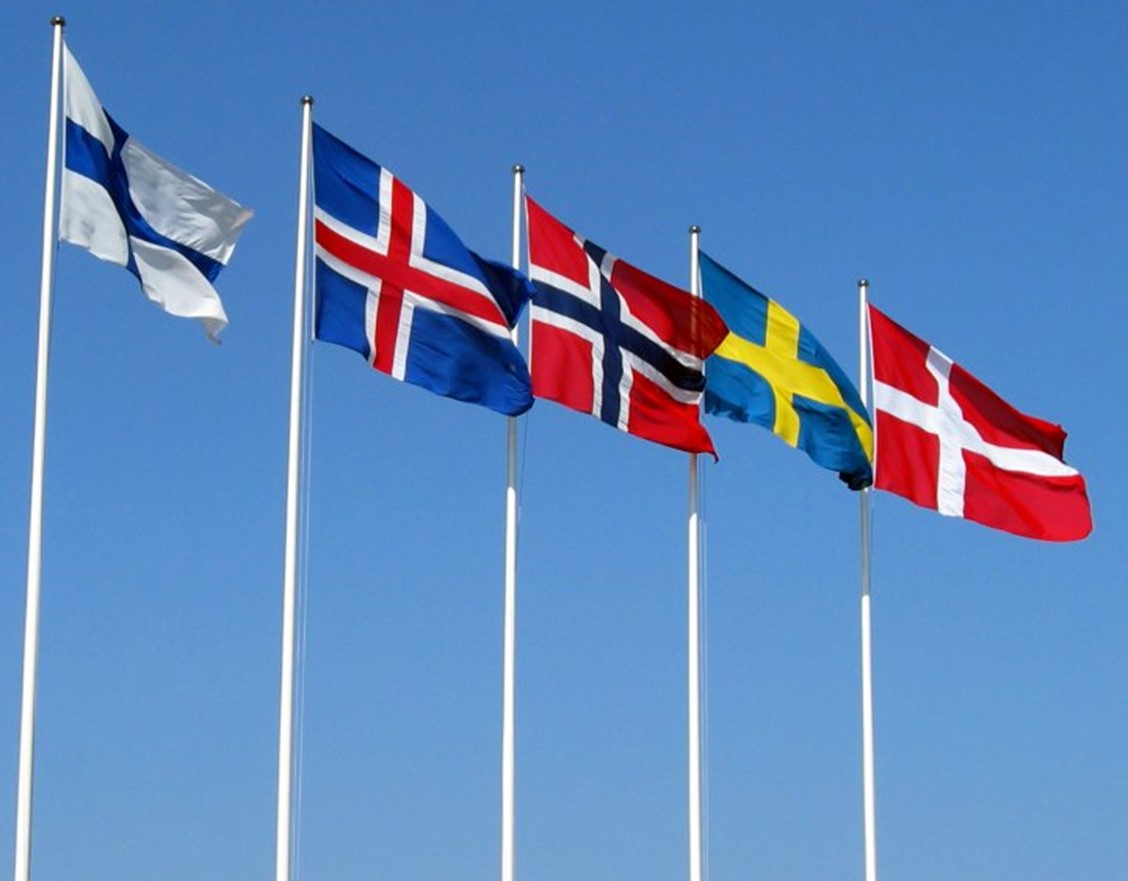
Swedish political life is based on the idea of collaboration and co-determination, so whilst there are conventional political parties, the ideological differences between them are relatively minor by comparison with some other countries. This is probably explained by a general consensus across the population about certain key values like social responsibility, a duty towards others and a dislike of noticeable inequality. It also means that coalition governments are the norm.
But the most marked feature of the political dynamics is co-determination involving different stakeholders and interests. This system of institutional collaboration differentiates Sweden from many other democratic countries. The institutions that determine national political policy and practice include Trade Unions, employers’ organisations, and local government working closely with national government. So, no matter which political party is in power, they are prevented from trending to extremes by the overall national consensus and particularly by the well-entrenched collaborative frameworks. One indication of how this works is the relatively high incidence of trade union membership, because people know that their unions have a responsible part to play in forming national policy.
Some economists have referred to the Nordic economic model as a form of "cuddly capitalism", with low levels of inequality, generous welfare states, and reduced concentration of top incomes, contrasting it with the more "cut-throat capitalism" of the United States, which has high levels of inequality and a larger concentration of top incomes, among others social inequalities.
Sweden as an example of a Society based on Collaboration
The Nordic model of social market democracy, based on collaboration between national government and institutions representing industry, labour and local government, has enabled those countries to resist the strength of global finance and harness resources for the good of society as a whole. But there are emerging trends towards more inequality of wealth and social segregation – these are particularly marked in relation to immigrant communities. Despite vigorous attempts by government to assist integration of immigrants, there are signs of a growing right wing backlash against them.
Nevertheless Sweden remains relatively culturally cohesive enjoying high levels of social capital. The results are impressive, spanning economic performance, communal wellbeing, public health, low crime and good educational standards.
3. Control by the State
A state is a centralised political organisation that imposes and enforces rules over a population within a territory.
According to Michael Hechter and William Brustein, the modern state was differentiated from "leagues of independent cities, empires, federations held together by loose central control, and theocratic federations" by four characteristics:
- The modern state sought and achieved territorial expansion and consolidation
- The modern state achieved unprecedented control over social, economic, and cultural activities within its boundaries
- The modern state established ruling institutions that were separate from other institutions
- The ruler of the modern state was far better at monopolizing the means of violence
Putin and Xi Jinping, two absolute rulers
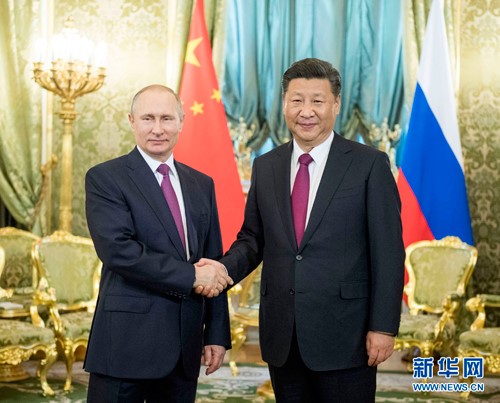
Xi Jinping has been confirmed as leader of China for a precedent-breaking third term, after a week-long political meeting eliminated key rivals and strengthened his political power. Among the first world leaders to congratulate Xi were North Korean dictator Kim Jong Un, and Russia’s Vladimir Putin, with whom Xi announced a limitless partnership earlier this year.
The State and Political leadership
In statist societies, government and the state are virtually as one, and the general populace have no voting or democratic influence over the leader and government.



